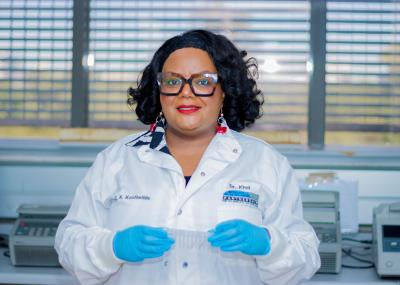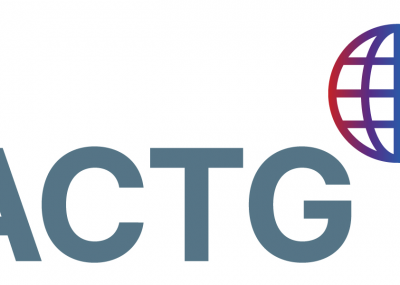Background: Evidence to inform cryptococcal antigen (CrAg)-screening guidelines among ART-experienced populations is lacking. We performed a study evaluating the utility of reflex CrAg screening in Gaborone, Botswana.
Methods: CD4 count data were collected from the HIV reference laboratory from 2014-2016. CrAg screening was performed on samples with CD4 ≤100 cells/µL beginning January 2015. The proportion of CD4 counts ≤100 cells/µL was determined and the frequency of repeat CrAg testing described. Analyses ascertained the impact of ART status on CrAg prevalence and outcomes, and whether CrAg titers could be used for risk stratification.
Results: Overall, 5.6% (3335/59 300) of individuals tested had CD4 ≤100 cells/μL; 2108 samples with CD4 ≤100 cells/μL from 1645 unique patients were CrAg tested. Over half of samples were from ART-experienced individuals: 40.9% (863) on ART and 12.1% (255) defaulters; 22% (463) of CrAg tests were on repeat samples. CrAg prevalence was 4.8% (72/1494; 95% CI, 3.8-6.0%) among outpatients and 21.9% (32/151; 95% CI, 15.3-28.5%) among inpatients. CrAg prevalence rates did not differ by ART status, but 6-month mortality was significantly lower in CrAg-positive individuals on ART at screening. Ten CrAg positives were identified through repeat testing. A CrAg titer cutoff ≥1:80 provided the best discrimination for 6-month survival.
Conclusions: CrAg-positivity rates in an ART-experienced population were comparable to those seen in ART-naive populations. Repeat screening identified individuals who seroconverted to CrAg positivity and were at risk of cryptococcal disease. CrAg titers ≥1:80 can help identify the individuals at highest risk of death for more intensive management.




